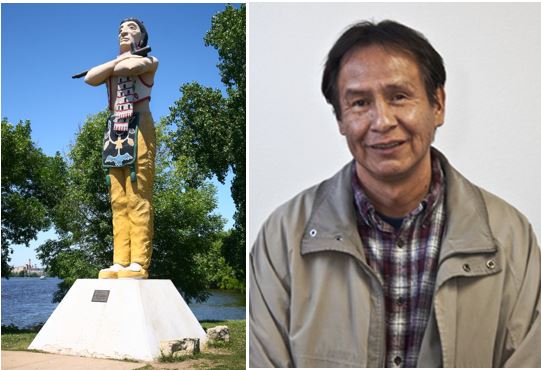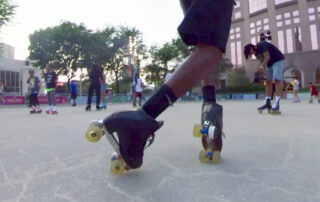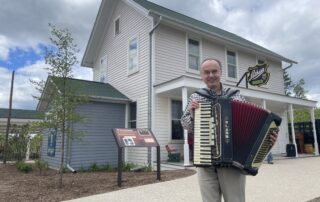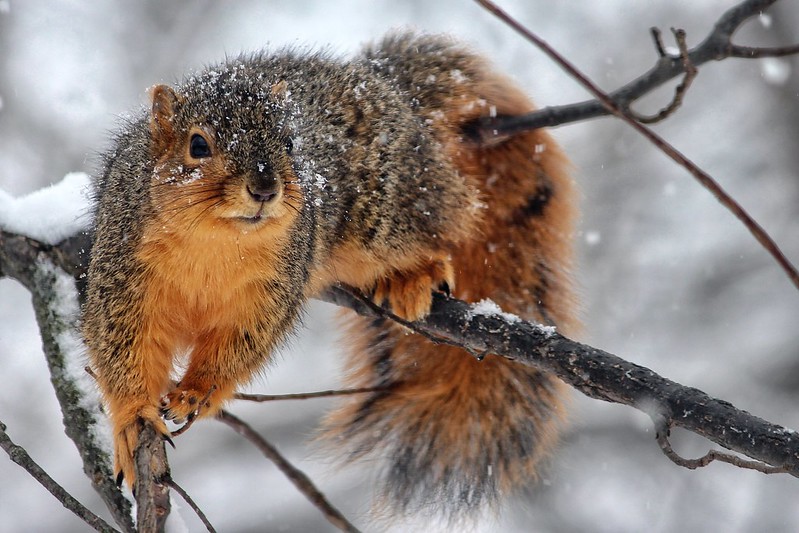The Hiawatha statue, also known as the “Big Indian,” in La Crosse’s Riverside Park is one of the most recognizable statues in the city. It’s also a controversial symbol for Native Americans, including members of the Ho-Chunk Nation who say it does not represent the history of Native American’s in the La Crosse area.
“It’s inauthentic. It’s named Hiawatha after a a poem of an eastern tribe. The Ho-Chunk have been here for thousands of years in this river valley. That’s not Ho-Chunk,” said Daniel Green, a member of the Ho-Chunk Nation and a lecturer at UW-La Crosse.
More than the name, Green believes the statue reinforces images of Native Americans that are harmful, showing Native people in the past in buckskins and feathers.
“This isn’t us. We eat fruit loops. We wear underwear. We drive cars,” says Green.
It took Green many years to realize the harm these images had on him and others. Green has done his best to shield his children from Native imagery but it’s an almost impossible task.
“Here it is, in my hometown where I’m raising children that look like me – they’re brown-skinned, they’re dark-haired, we don’t get mistaken for anything but Native American, and here’s something in our hometown reinforcing harmful thinking about us, so I was compelled to do something.”
He first realized the power of ethnic images as a child. Green recalls seeing a commercial as a child featuring an Asian child speaking in stereotypical Asian way.
“About half way through, the child stopped and said “come on, I love to skate board, and I love to” and I thought yes, that’s it,” explains Green. “The primary problem with this and all Native imagery is that it’s always in the past.”
Green has spent many years fighting to change the statue. He has proposed to the city that the statue be modernized rather than taken down.
“The Big Indian has unintentionally influenced hundreds of thousands of visitors to La Crosse so let’s turn that around and use it,” says Green. “Let’s leave it recognizable as Native American, maybe leave the moccasins or the braids. But put some Levi’s on it, a Packers shirt, some sunglasses so people know he’s Native American but that he is like all the rest of us.”








